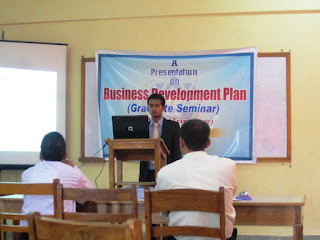The medicinal plant is going to be established in joint venture of Nepali and South Korean investors.The industry will use medicinal plants available in Nepal as raw materials for their product.
Himalayan BioTech of Nepal and Korean investor are investing Rs. 400 million for establishment of this company. There will be 30 percent contribution of Himalayan Biotech and rest will be funded by Koreans.
According to Mr.Janardan Lamichheni ,consultant of Himalayan Biotech,the Plant will be established with in year."we are looking for the location in Sitapaila in Kathmandu and in Bhaktapur but the location is not fixed yet."said Mr. Lamichheni.
The plant will produce beauty products and food additives.These products will be produced by using herbal plants . The company is planning to produce beauty products in first phase and food additives in second phase and allopathic drugs in third phase.
Himalayan BioTech of Nepal and Korean investor are investing Rs. 400 million for establishment of this company. There will be 30 percent contribution of Himalayan Biotech and rest will be funded by Koreans.
According to Mr.Janardan Lamichheni ,consultant of Himalayan Biotech,the Plant will be established with in year."we are looking for the location in Sitapaila in Kathmandu and in Bhaktapur but the location is not fixed yet."said Mr. Lamichheni.
The plant will produce beauty products and food additives.These products will be produced by using herbal plants . The company is planning to produce beauty products in first phase and food additives in second phase and allopathic drugs in third phase.


































